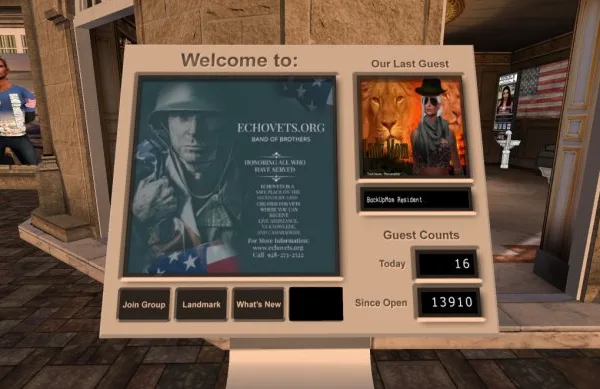The University of Hong Kong’s Li Ka Shing Faculty of Medicine leads the way in medical research, exceptional medical training…and the metaverse. It’s the first medical school to set up a virtual campus in Decentraland.
The virtual facility was built in the Decentraland University district. It comes as HKUMed celebrates its 135 year anniversary. The virtual campus is located at -17, 102.
The campus currently serves as more of a recruiting tool than an actual (er, virtual) place of learning. It has four floors (despite being the size of a skyscraper) with each offering a different experience.
The Atrium (Ground Floor)
The atrium acts as an introduction to the school. One wall has a list of websites. Another features quick facts about health and medicine. And then there are the statues representing their social media accounts.
The Seminar Rooms (1/F)
The seminar rooms are set up like movie theaters. Each one autoplays a few seconds after the user enters. It will be interesting to see new additions to this floor as the virtual campus gains popularity.
Programme Booths (2/F)
The next floor features booths representing HKUMed’s programs. Each booth is manned by a statue that’s kind of reminiscent of a POP!character. Each offers information about that booth’s program before telling the user where to go for more information.
Game Area (3/F)
The game area sends users on a scavenger hunt. One of the POP! style doctors will ask the player to help find items needed to assist a patient. The items are located throughout the school. It’s actually a pretty clever way to get visitors to explore the other more relevant floors. A round of trivia follows each hunt.
HKUMed currently ranks among the top 20 medical schools in the world. The public college was originally founded as a UK western medical school.
HKUMed’s Previous Experience with Web 3.0
HKUMed’s move into the metaverse isn’t as surprising as you may think. They pioneered the idea of enhancing medical training with virtual reality. The success of their efforts went a long way in proving that V/R has more utility than just gaming and entertainment.
Medicine and Web 3.0
Of course, HKUMed isn’t the only one blending medicine with Web 3.0. In 2013, surgeons at the University of Alabama performed the first virtual augmented reality surgery. And yes, the procedure was performed on a real patient. The surgeons were able to collaborate and communicate in real-time throughout the procedure.
Telemedicine has also gained significant popularity over the past couple of years. While this often means 2D video conferencing calls, the metaverse may be able to enhance telemedicine even further. Early studies already show that V/R is more effective.
It will be very interesting to see how Web 3.0 plays a role in medicine moving forward. Some doctors and scientists are excited about the prospects of conducting virtual experiments. For instance, virtual reality can help simulate real-world physics with little to no risk. A metaverse training facility can offer these simulations to an entire class simultaneously. It can also allow researchers around the world to collaborate in real-time.









Recent Comments